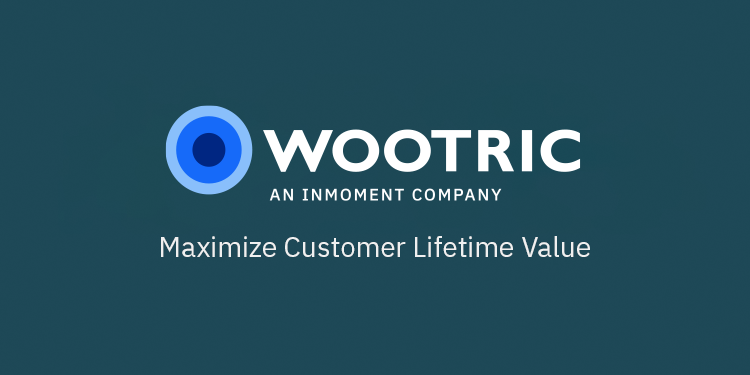A Rare Breed
A good leader can change an organization. A great leader can change history. Because leaders throughout history have had—and continue to have—such great influence over those around them, it’s not all that shocking that the qualities and traits of great leaders have been studied quite vigorously in the past few decades in an attempt to uncover the secrets behind history’s most influential leaders.
In one such study called “Follower-Focused Leadership: Effect of Follower Self-Concepts and Self-Determination on Organizational Citizenship Behavior,” Michelle Vondey investigates transformational leadership, which focuses on empowering individuals to work for the best interests of the organization. In her study, Vondey breaks down transformational leadership into these five characteristics.
The 5 Characteristics of Transformational Leadership
Communicate a Clear Vision
Effective leaders know what they want and understand the necessary steps to achieve their goals. By communicating these goals with every member of the organization, expectations are set and a game plan can be more clearly defined.
Explain How Vision Can Be Achieved
Once the vision for the business is defined, good leaders put together a detailed plan of action and share it with each member of the organization. A step-by-step plan helps everyone involved develop more effective processes and create clear expectations for each department of the organization.
Show Confidence in Both Vision and Followers
You’ve heard it time and time again: Confidence is contagious. And, you know what? It’s true. Good leaders show confidence in their vision and in the people executing it. That confidence leads to more confidence and ultimately results in achieving a collective goal.
Lead by Example
Every leader worth their weight in gold has followers. The thing about followers, though, is that they perform better with examples to follow. Good leaders don’t tell followers that they’re committed to the vision; they show it.
Here’s an example of Walt Disney showing off some of his magical leader abilities:
“Walt Disney used to walk through Disneyland [and] if he happened to see a piece of paper on the ground, he would stoop down to pick it up. He called this ‘Stooping to Excellence.’ He knew that as he walked through the park, all of the employees were watching him. He had to demonstrate excellence. He had to demonstrate that he wasn’t beyond picking up trash off of the ground.”
—Shep Hyken, The Customer Focus
Empower Followers to Work toward Vision Achievement
Achieving a common goal is a noble cause, but it presents challenges of all sorts. To address these challenges, followers must be empowered to do what they need to do to achieve the vision of their leader.
Follow the Leader… to Customer Centricity
The right tools and technology certainly help to improve an organization’s customer experience, but a great leader makes all the difference. According to our recent report, company leaders that set a positive example for their employees are the number one critical driver of customer experience (CX) success. (Read more about the 5 critical drivers of B2B CX success in our blog.)
By leading by example and empowering employees to do their best work—and rewarding them for it—good leaders create an effective, customer-centric business.
